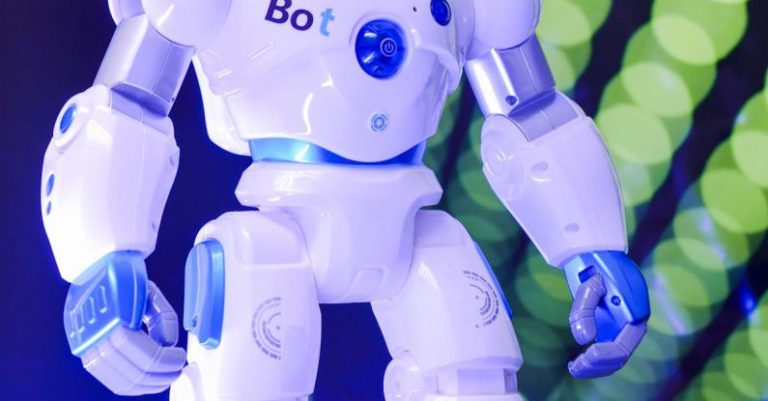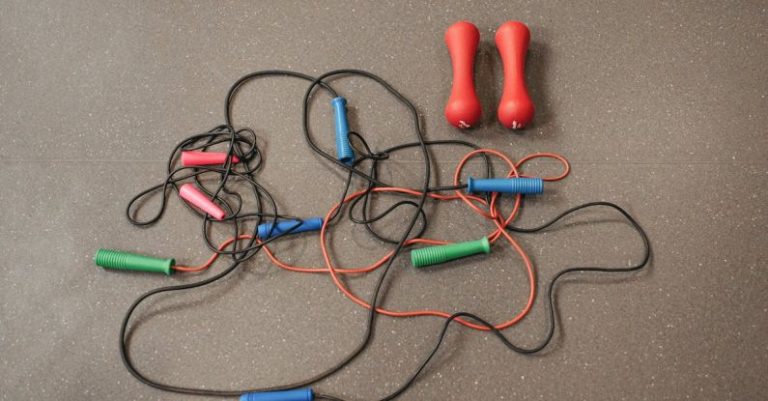Composite Materials in the Development of Sustainable Packaging
As the world becomes increasingly aware of the environmental impact of traditional packaging materials, the demand for sustainable alternatives is on the rise. Composite materials have emerged as a promising solution in the development of eco-friendly packaging. By combining two or more different materials, composites offer unique properties that can enhance the sustainability and functionality of packaging products. Let’s delve into how composite materials are revolutionizing the packaging industry towards a more sustainable future.
### The Versatility of Composite Materials
Composite materials are engineered to combine the best characteristics of individual components, resulting in enhanced performance and durability. In the realm of sustainable packaging, composites offer a wide range of possibilities due to their versatility. By blending materials such as natural fibers, biodegradable polymers, and recycled elements, composite packaging can be tailored to meet specific requirements while minimizing the environmental footprint.
### Strength and Durability for Secure Packaging
One of the key advantages of composite materials in sustainable packaging is their strength and durability. By integrating reinforcing fibers or particles into a matrix material, composites can withstand external forces and protect the packaged goods effectively. This enhanced strength not only ensures the integrity of the package during transportation but also prolongs the shelf life of the products inside, reducing food waste and enhancing sustainability.
### Lightweight Design for Reduced Environmental Impact
Composite materials are known for their lightweight nature, making them an ideal choice for sustainable packaging solutions. Lightweight packaging not only reduces the overall material consumption but also lowers transportation costs and carbon emissions. By utilizing composites in packaging, companies can achieve significant reductions in their environmental impact without compromising on the quality or performance of the packaging.
### Customizable Properties for Tailored Solutions
With composite materials, packaging designers have the freedom to customize the properties of the packaging to suit specific needs. Whether it’s enhancing barrier properties to extend shelf life, improving printability for branding purposes, or incorporating antimicrobial agents for food safety, composites offer a versatile platform for innovation. This flexibility allows companies to develop tailored packaging solutions that meet both sustainability goals and consumer demands.
### Biodegradability and Recyclability for Circular Economy
In the quest for sustainable packaging, the end-of-life considerations are crucial. Composite materials can be designed to be biodegradable, compostable, or recyclable, ensuring that they can be reintegrated into the circular economy. By choosing compostable composites, packaging waste can be diverted from landfills and converted into valuable resources. Similarly, recyclable composites enable the recovery of materials for subsequent use, reducing the need for virgin resources and closing the loop on packaging sustainability.
### Adoption Challenges and Future Outlook
While the benefits of composite materials in sustainable packaging are clear, challenges remain in terms of scalability, cost-effectiveness, and consumer acceptance. Companies need to invest in research and development to optimize composite formulations, improve manufacturing processes, and address regulatory requirements. Consumer education and awareness campaigns are also essential to promote the benefits of composite packaging and drive adoption across industries.
### Embracing the Future of Sustainable Packaging
Composite materials have the potential to revolutionize the packaging industry by offering a sustainable alternative to conventional materials. With their unique blend of strength, versatility, and eco-friendliness, composites are paving the way for a greener future in packaging. By embracing innovative solutions and collaborating across the value chain, companies can leverage composite materials to reduce their environmental impact and meet the growing demand for sustainable packaging solutions.






